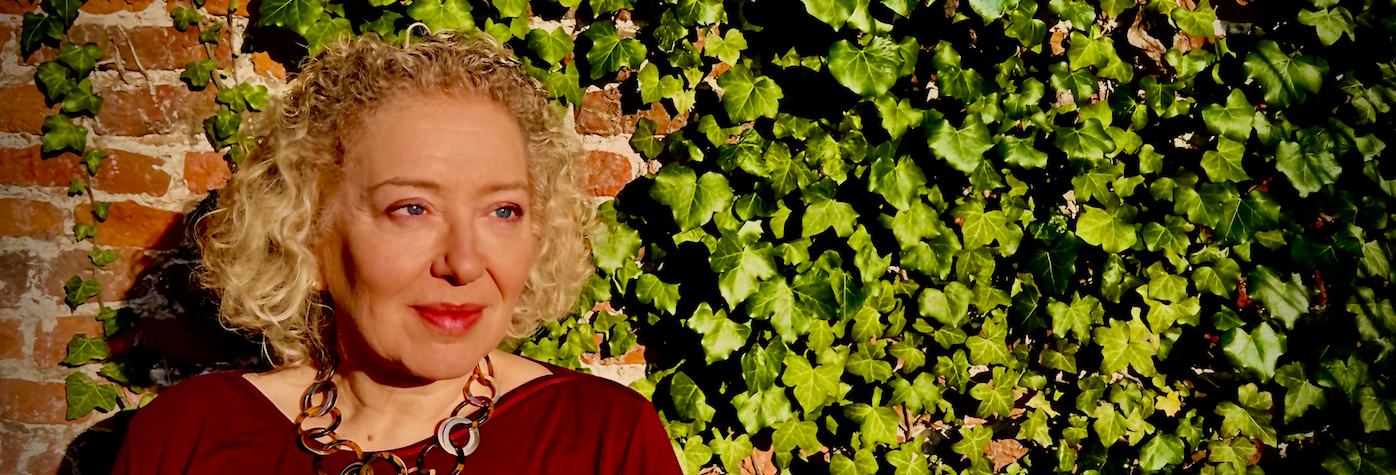
Anne Boleyn has been seen as everything from a femme fatale to a feminist icon, a promiscuous manipulator to a Protestant martyr. The fascination with her has stretched over five centuries. And part of that fascination lies in just how she held off the King of England for seven long years, and pushed herself up from the ranks to become his queen. But there is a code that gives us the clue, lays out the plan, as surely as any ‘how to’ manual of the mating game today.
The Tudors were riveted by the idea of courtly love, already centuries old in their own day. Born in the songs of the troubadours, and the Arthurian tales of Lancelot and Guinevere, it had gripped the imagination of aristocratic Europe since the twelfth century. Its central image was of a knight, a true lover, kneeling in service before a lady—and it was a game Henry VIII spent all his youth trying to play.
In the early days of his reign, he rode in tournaments as Sir Loyalheart—loyal to his first wife Katherine of Aragon. But after a decade and a half of marriage, he was ready to play with a new partner. And that’s when Anne Boleyn returned from her upbringing in France, with all the gloss of the glamorous continental courtly lady.
Henry’s love letters to Anne show him delightedly flexing his muscles as a courtly suitor, sworn to serve. Though a king, he writes to his “mistress… to acquit myself of the duty of a true servant,” or declares that “my heart and I surrender ourselves into your hands.” He asks whether he can truly call Anne his mistress since that “denotes a singular love, far removed from the common.”
At first, no doubt, he wanted to make her his mistress in the sexual as well as the courtly sense. But, as the relationship blossomed, his goal would change to making her his wife—and mother of his son, to be born in lawful matrimony. One of the great questions then is how, for something like seven years, they managed to keep full consummation of their love at bay. Even here courtly love may hold a clue. Back in the twelfth century, when Andreas Capellanus laid down the rules of courtly love, he wrote that the true lover could enjoy the embraces of his mistress naked in a bed “and still their love may be accounts pure, if the final solace is denied to them.” No prizes for guessing what “the final solace” might be…
The roles of a courtly mistress and a wife were different—certainly in Henry’s eyes. But as queen, Anne kept up her courtly ways. Though recent work has emphasized the fervor of her feeling for religious reform, there was contemporary talk of something lighter: of the ‘pastime’ in the queen’s chamber. There are many clues to tie the court she kept around her to the old courtly code, even beyond the flirtatious interchanges with men like Norris, Smeaton, and Weston—the exchanges that would see her spectacular fall.
It is still debated what, after barely three years of marriage, really lay behind the downfall of Anne Boleyn. Even if it were entirely a matter of court faction, and Henry’s desperation for a son, this would be far from the first time the pattern of courtly love had been used to cloak hard political reality. An ethic that actively suggested extramarital affairs was surely a weapon in the hands of Anne’s enemy Thomas Cromwell—lent color to the charges leveled against the queen. She herself, on her way to the Tower, expressed the unlikely hope that the king was merely trying to ‘test’ her—a repeated trope of the courtly romance story.
And as Anne speculated she might be allowed to retire to a convent, as she recalled predictions a queen of England would be burnt, surely she remembered stories of Arthur’s queen Guinevere, sentenced to the flames or to a nunnery. Even Henry’s decision that Anne should die by the sword, not the axe, may itself have been influenced by the fact the sword (Excalibur!) was a symbol of chivalry.
Her brutal end on the scaffold was as much a result of the courtly code as her dramatic rise had been. But her reputation lived on through the centuries. While writing The Tudors in Love I discovered that—no coincidence, perhaps—the fantasy of courtly love has likewise never gone away.
Whether or not we’ve ever heard its name, it influences all our ideas of romance today, reflected in poetry and pop songs, classic novels and commercial movies. By the same token, fans of Anne Boleyn celebrate her image in everything from crochet to cake, tree ornaments to tattoos. They discuss whether she was a victim or a victor. (At least the old idea of her as a vixen has quite gone away!) Deciphering the courtly code by which Anne herself lived and died may help us to understand her better—without diminishing her compelling complexity.
